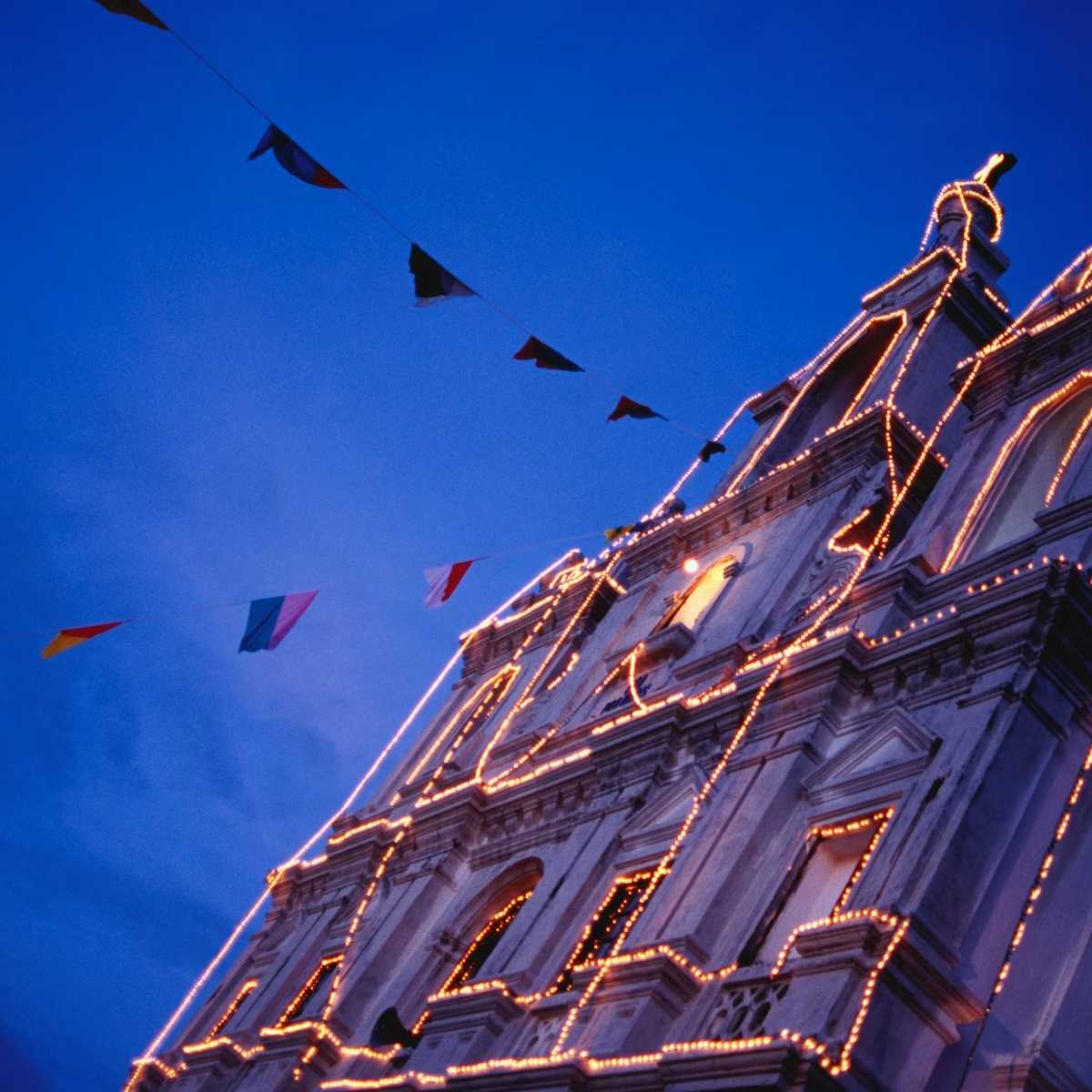At over 76m long and 55m wide, the cavernous Sé Cathedral is the largest church in Asia. Building commenced in 1562, on the orders of King Dom Sebastiao of Portugal, and the finishing touches were finally made some 90 years later. The exterior is notable for its plain style, in the Tuscan tradition. Also of note is its rather lopsided look resulting from the loss of one of its bell towers, which collapsed in 1776 after being struck by lightning.
The remaining tower houses the famous Sino de Ouro (Golden Bell), the largest in Asia and renowned for its rich tone, which once tolled to accompany the Inquisition‚Äôs notoriously cruel ≤π≥Ð≥Ÿ¥«≤ı-ªÂ≤π-¥⁄√© (trials of faith), held out the front of the cathedral on what was then the market square.
The huge interior of the cathedral is surprisingly plain. To the right as you enter is a small, locked area that contains a font made in 1532, said to have been used by St Francis Xavier. Two small statuettes, inset into the main pillars, depict St Francis Xavier and St Ignatius Loyola. There are four chapels on either side of the nave, two of which have screens across the entrance. Of these, the Chapel of the Blessed Sacrament is outstanding, with every inch of wall and ceiling gorgeously gilded and decorated – a complete contrast to the austerity of the cathedral interior.
Opposite, to the right of the nave, is the other screened chapel, the Chapel of the Cross of Miracles. The story goes that in 1619 a simple cross (known as the Cruz dos Milagres), made by local shepherds, was erected on a hillside near Old Goa. The cross grew bigger and several witnesses saw an apparition of Christ hanging on it. A church was planned on the spot where the vision had appeared and while this was being built the cross was stored nearby. When it came time to move the cross into the new church it was found that it had grown again and that the doors of the church had to be widened to accommodate it. The cross was moved to the cathedral in 1845, where it soon became, and remains, a popular place of petition for the sick.
Towering above the main altar is the huge gilded reredos (ornamental screen), its six main panels carved with scenes from the life of St Catherine, to whom the cathedral is dedicated. She was beheaded in Alexandria, and among the images here are those showing her awaiting execution and being carried to Mt Sinai by angels.





